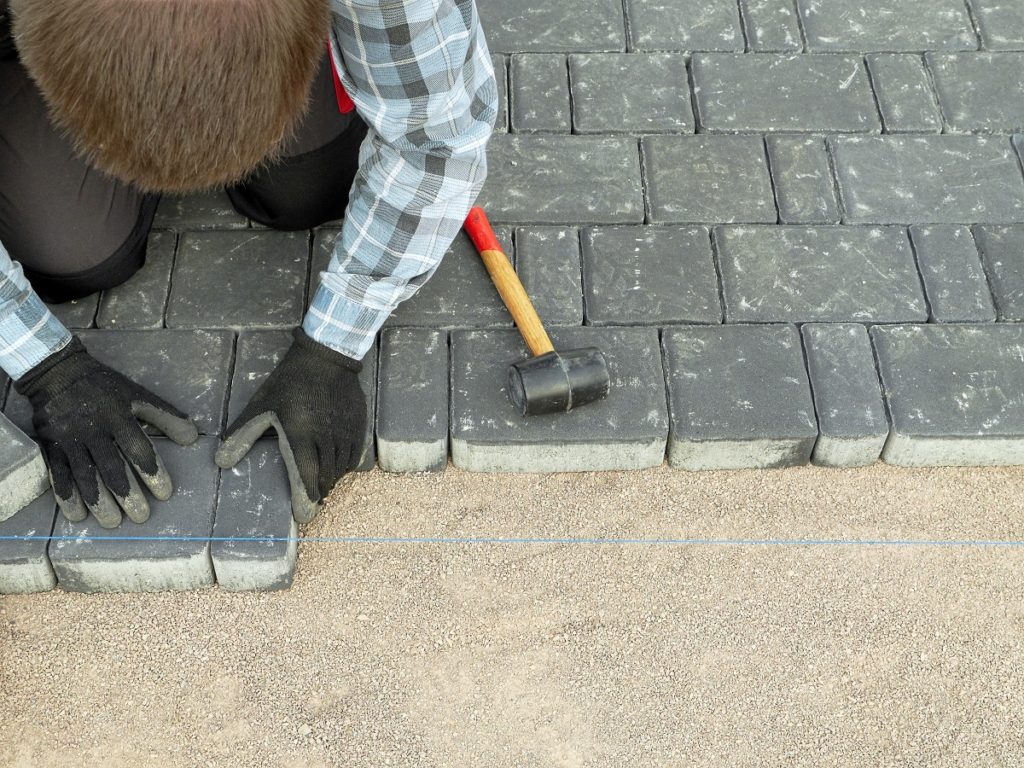As installers or repair experts, your clients may have several alternatives for their floor materials. However, as you might soon realize, most steer clear of stone floors despite their durability and ability to hold up to heavy traffic. This is primarily because most property owners are intent on shiny floors that will reflect maximum light and make their indoors look larger than they might be. The polished floors also complement the bright colors and uncluttered looks of most properties.
You can put people’s fears of dull stone floors to rest with a marble polishing stone and other polishing equipment. Polishing involves the use of finely ground abrasive or metal powders to rub or buff a surface. The continuous rubbing or polishing action generates a shiny stone surface. The polishing process is generally augmented using oxalate or oxalic acid that will create a crystallization-like effect.
Other than polishing, the following are other alternatives for creating shiny stone floors for your clients.
Diamond Abrasive Grinding
With this, you grind the stone surface using industrial-grade diamonds of varying grit levels. The diamonds are often in three- to four-inch diameter discs or pads. These pads are positioned along the bottom edge of your floor machine’s drive plate, held in place using Velcro. You can start with 175 RPM to drive the plate while sanding the surface to remove scratches.
You will repeat the process with finer diamond grits until you get an optimal mechanical shine. Diamond abrasive grinding generates a durable shine but will need considerable labor and material investment. You should augment your finish with a powder, compound, or polishing product.
Crystallization
This process is done using a compound known as fluorosilicate. The process begins with the spraying of the chemical onto the surface then the use of steel wool pads for buffing. In doing so, you will form glassy crystals on the stone. You will use a floor machine to generate the necessary heat and friction for the formation and polishing of the crystals.
Crystallization is an easy process that does not leave a mess. Stone floors that have undergone the process might, however, yellow slightly in moisture exposure, and they might be too slippery if over-buffed.
Barrier Coatings
Barrier coatings for stone floors include liquid and semi-liquid forms of urethane, wax, acrylic, and other polymers. These are applied to stone using rollers, sprayers, mops, or lamb wool applicators. Though barrier coatings are inexpensive and have exceptional slip resistance, they dull quickly, scratch easily, and do not have a natural look.
Adding Enhancers

Enhancers are meant to boost the natural color of the stone. They generate a slightly ‘’wet’’ look that will reflect light by allowing the different natural stone colors to shine. You will apply an enhancer after cleaning and sealing your floor, then allow it to dry for about a week.
With these alternatives, you are bound to become the most sought-after stone floor expert in your locality. Even so, partner with a reliable supplier for the products and machines you need to shine stone. This way, you can meet client deadlines and guarantee them exceptional jobs.




